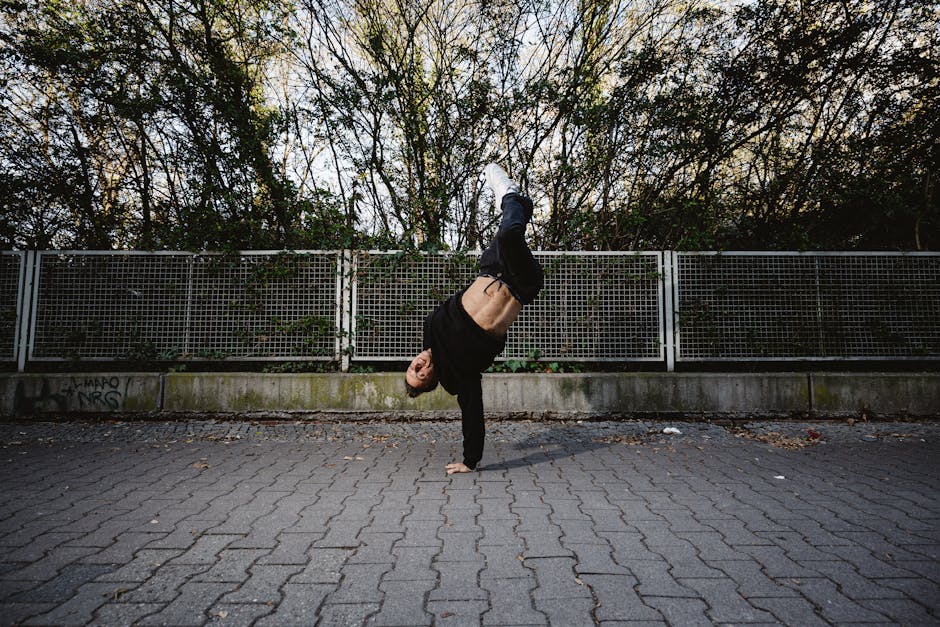Transform Your Shadow Self: The Alchemy of Breath and Pranayama
Breath is the bridge between our body and mind, yet many of us overlook its profound impact on emotional healing. By incorporating pranayama practices into shadow work, we can unlock a transformative journey that not only enhances our physical and spiritual health but also confronts our hidden selves. This article will guide you through the mystical terrain where breath control meets emotional liberation, empowering you to embrace your wholeness through yoga on your path to spiritual wellness.
Understanding Shadow Work and Its Importance

Shadow work is a psychological process that involves acknowledging and integrating the darker, often suppressed aspects of our psyche. Coined by Carl Jung, the term “shadow” represents the parts of ourselves we deny or bury—our insecurities, fears, and unexpressed emotions. Engaging with these elements can catalyze deep personal growth, ultimately leading us toward self-acceptance and inner balance.
Why engage in shadow work? By diving into our shadow, we begin to understand the emotional blocks that hinder our progress in life. Through this work, we unveil our authentic selves, fostering a sense of wholeness that can significantly improve our relationships, mental health, and spiritual connection. When combined with yoga and pranayama—conscious breath control—these practices create a powerful synergy that transforms shadow work into a regenerative experience.
The Role of Pranayama in Shadow Work

Pranayama, often described as the practice of breath control in yoga, serves as an excellent tool for shadow work. The practices of pranayama can stimulate the nervous system, help regulate emotions, and promote relaxation—allowing us to approach our shadow with curiosity and compassion rather than fear and resistance.
The Breath's Transformative Power

Our breath is more than just a physiological phenomenon; it is a key to accessing different states of consciousness. In the field of somatic psychology, breathing techniques are leveraged to reduce anxiety, promote emotional release, and enhance mindfulness. For instance, engaging in slow, deep breaths can evoke a state of calm that allows for greater introspection, facilitating a more in-depth exploration of emotional trauma and memories.
Moreover, studies have shown that breathwork positively impacts mental health, reducing symptoms of anxiety and depression (see the work of the Harvard Medical School). Incorporating techniques like pranayama can thus unlock new dimensions of emotional progress, propelling us toward a more enriching yoga journey.
Exercises Combining Pranayama and Shadow Work

Ready to start using pranayama to dive deeper into your emotional landscape? Let’s explore a few powerful techniques to interweave breath control with introspective practices.
1. Nadi Shodhana (Alternate Nostril Breathing)

This balancing breath technique not only calms the mind but also enhances our perception of dualities in life—light and dark, joy and sorrow. To practice Nadi Shodhana:
- Sit comfortably, either cross-legged or in a chair.
- With your right thumb, gently close your right nostril.
- Inhale deeply through the left nostril for a count of four, then close the left nostril with your right ring finger.
- Open the right nostril and exhale for a count of six.
- Inhale through the right nostril for four counts, then switch and exhale through the left.
- Continue this pattern for five minutes, focusing on any shadow aspects that arise.
This technique invites balance and introspection, laying the groundwork for deeper emotional exploration.
2. Kapala Bhati (Skull-Shining Breath)

Kapala Bhati is energizing and purifying, pushing stagnant energy out and creating space for new insights. Here’s how to approach it:
- Sit up tall in a comfortable position.
- Take a deep breath in through your nose, and as you exhale, forcefully contract your abdominal muscles while pushing the breath out through your nose.
- Repeat for 30 seconds, then take a full deep breath in and relax.
- Focus on any feelings or memories that bubble up during this practice.
Kapala Bhati can shake loose latent emotional energies, providing clarity on how to process and integrate various aspects of your shadow.
3. Ujjayi Breath (Victorious Breath)

Ujjayi breath is often used in yoga but can serve shadow work immensely. It creates internal heat and encourages presence. Here’s how:
- Inhale slowly and deeply through your nose while gently constricting the back of your throat to create a soft, ocean-like sound on exhale.
- Utilize this technique during seated meditation or yoga practice, maintaining the sound and rhythm.
- Pay attention to sensations, thoughts, or memories that arise—a natural insight into your shadow self.
By establishing a rhythm, Ujjayi breath can deepen your connection to yourself, making it easier to approach difficult emotions head-on.
Embracing the Wholeness of Your Self

As you incorporate these breath control techniques into your shadow work, remember that this is a journey, not a race. The process of integrating your shadow is ongoing, requiring patience and self-compassion. Awareness, acknowledgment, and acceptance are the keys to transformation as you navigate the challenging but rewarding path toward healing.
Finding Support

Connecting with a community can be instrumental in deepening your understanding of shadow work and pranayama practices. Consider joining workshops, local yoga studios, or online forums dedicated to spiritual wellness. You may find resources that complement your journey, such as our post on reclaiming playfulness in yoga or even exploring how quantum breathwork can enhance your emotional resilience.
Practicing Self-Compassion

Throughout your journey, it is crucial to approach yourself with gentleness. Recognizing that we all carry shadows within us helps humanize this profound journey of self-discovery. When emotions become overwhelming, engage in grounding practices—walking in nature, practicing gratitude, or sitting in meditation. This could be a perfect opportunity to explore experiencing a forest bathing experience, where nature’s healing powers may bring clarity and calm.
Keep Learning and Integrating

Regular practice is key. As you become attuned to your breath and your shadow, look for resources to expand your knowledge. For instance, discover more about integrating sound frequencies with your spiritual journey through our post on soundscapes for wellness. These integrations will continually support your emotional growth, evolving your practices over time.
Final Thoughts
Incorporating pranayama into your shadow work allows you to harness the transformative power of your breath on a deeply personal level. It helps you forge a connection with the parts of yourself that you may have previously ignored or suppressed. As you practice, remember that the journey is about embracing your whole self, fostering healing, and cultivating emotional resilience.
Take a moment to pause, breathe, and reflect on how your journey with breath and shadow can shape your spiritual wellness. As you navigate this sacred terrain, may you find empowerment, acceptance, and illumination awaiting you at every turn.



